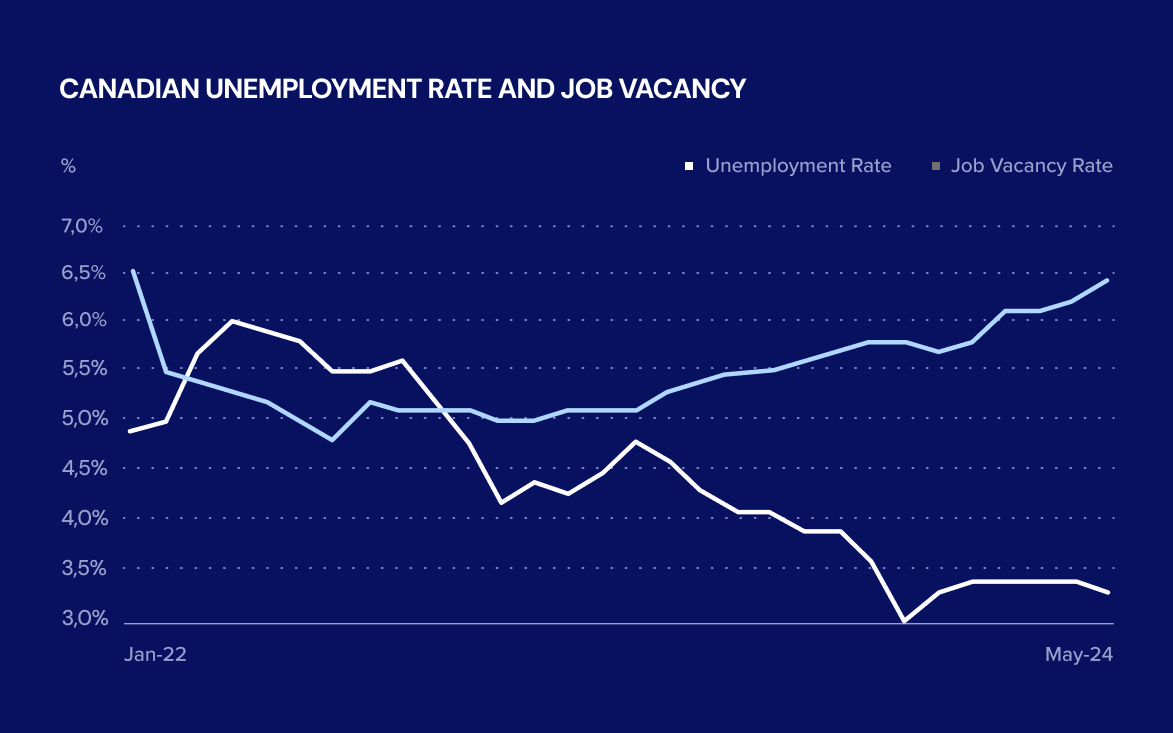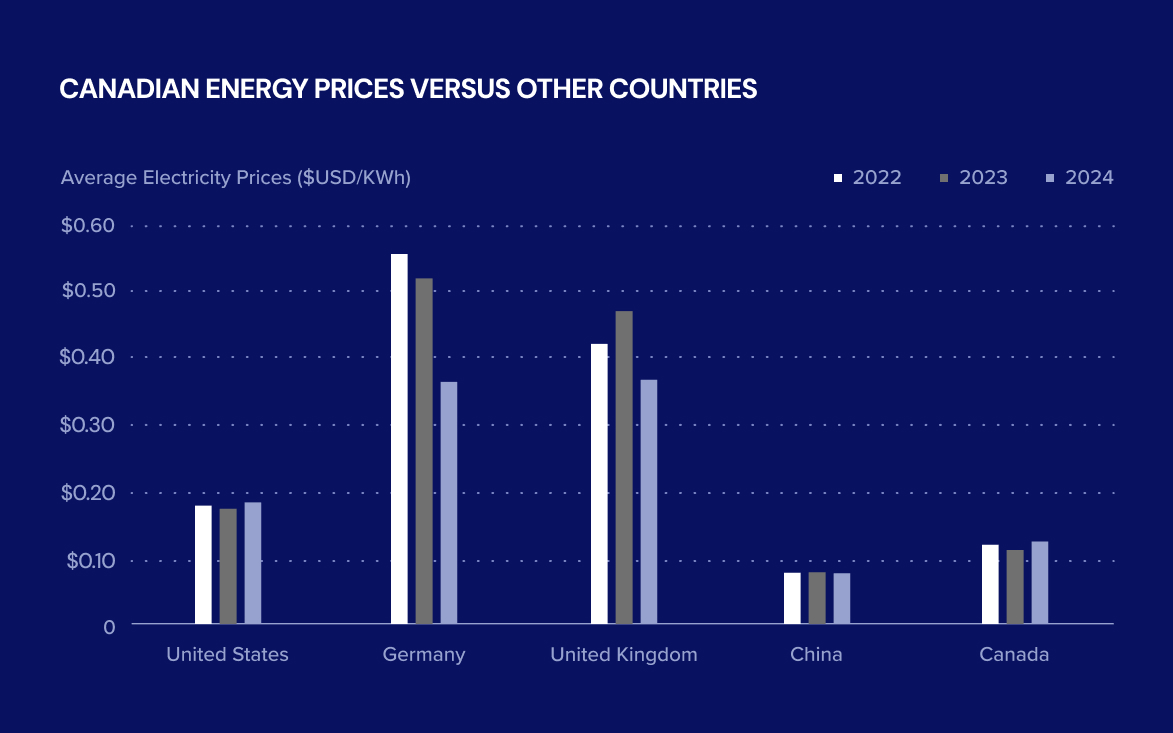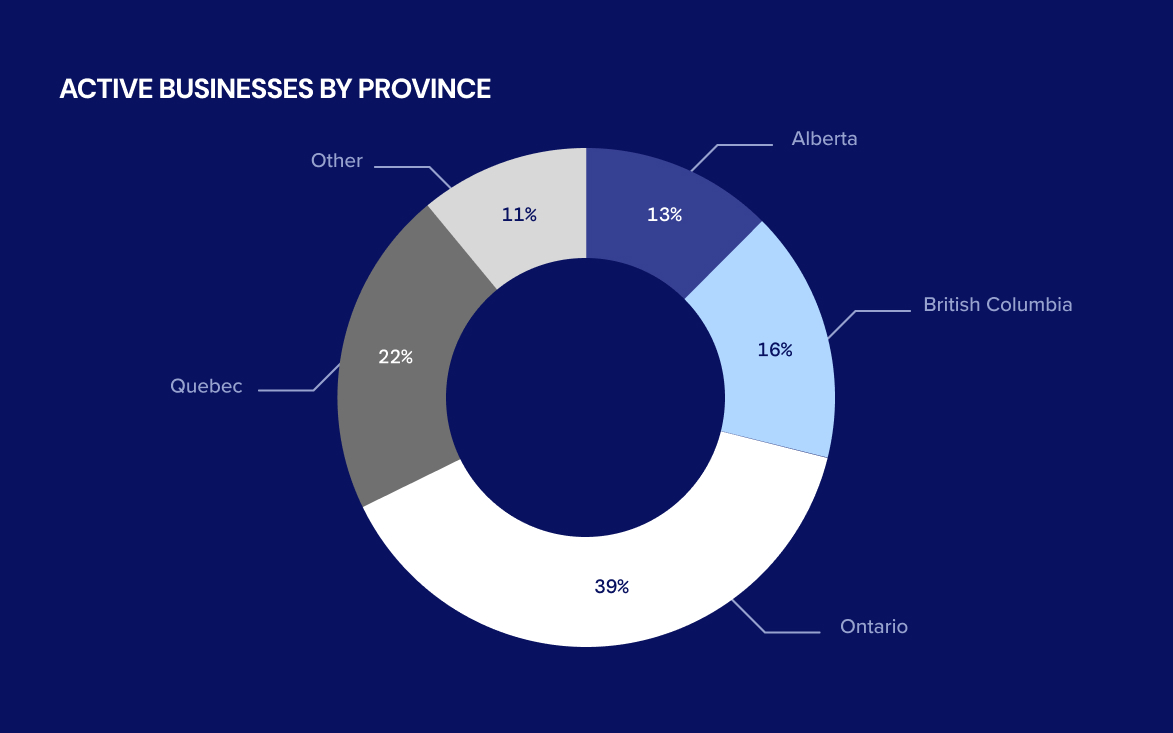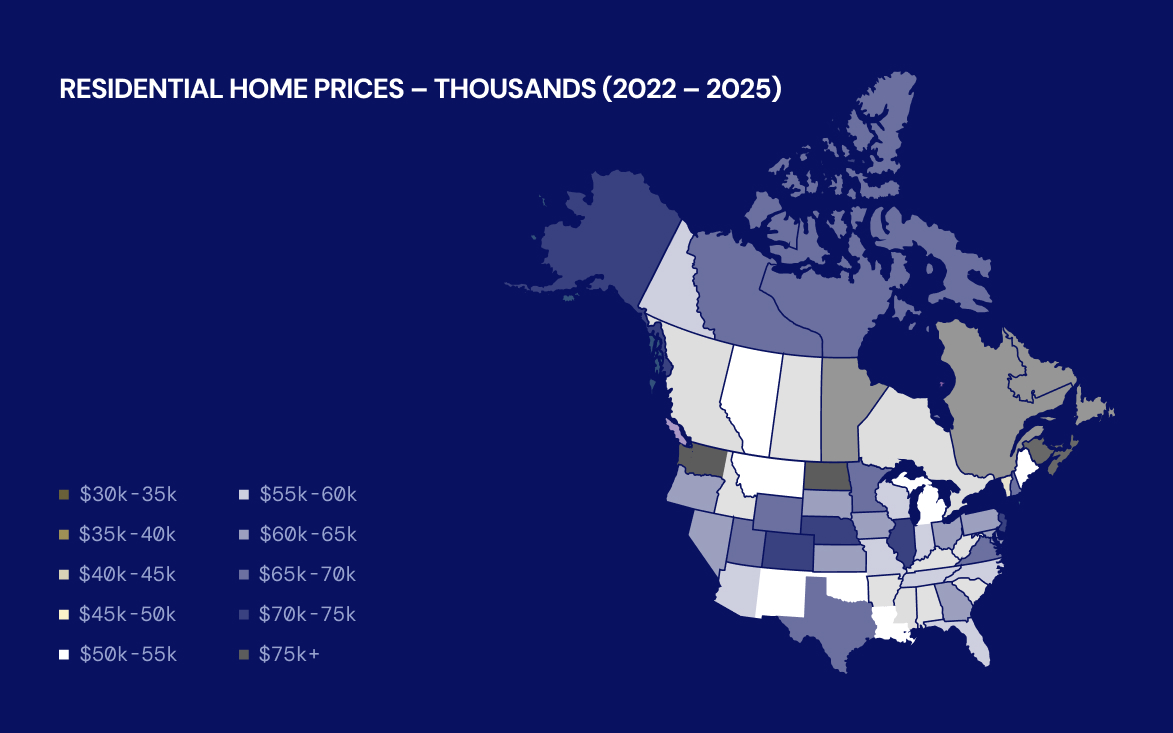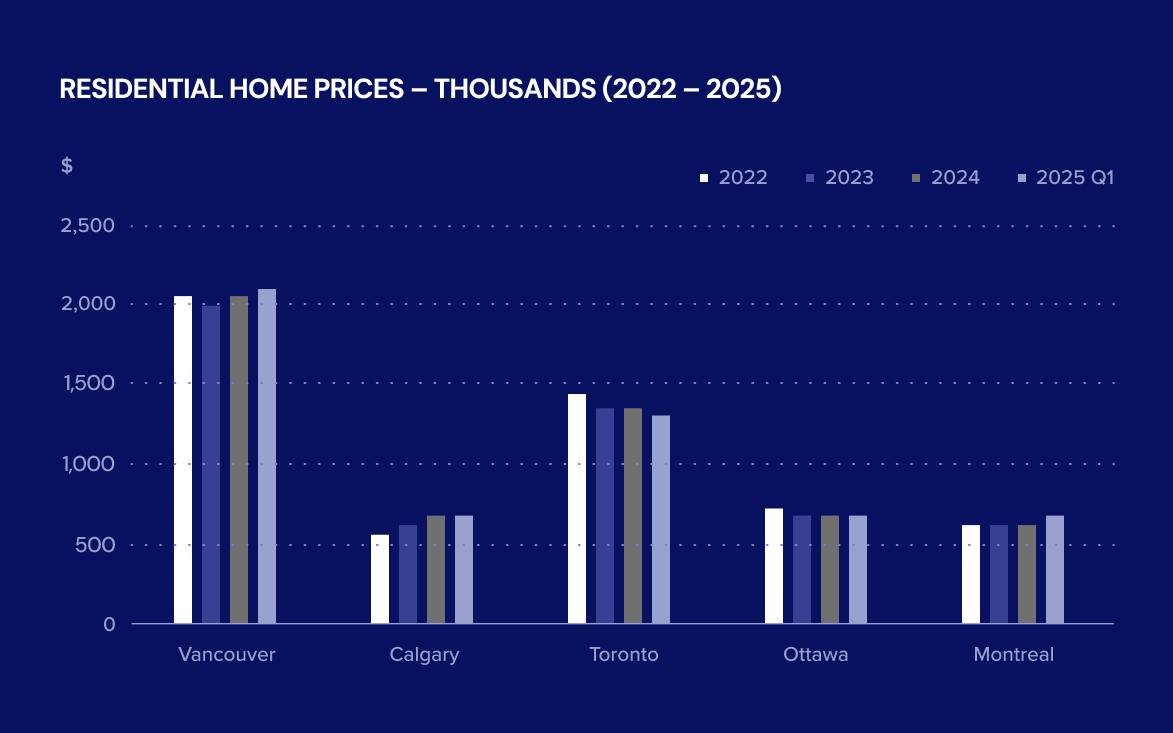The topic of business transition has garnered significant attention over the past several years — and for good reason. Over the course of the next decade, 76% of Canada’s business owners have indicated plans to exit their business, with most citing retirement as the primary reason. While Canada's aging population and the ongoing retirement of baby boomers has brought to light the importance of proactive succession planning, this environment also presents immense opportunity for both seasoned business owners and aspiring entrepreneurs alike to capitalize on a monumental generational shift of business ownership.
Key Takeaways this Month:
%20(mm).png)
%20(mm).png)
With over 30% of Canadians aged 55 and up, many small businesses are set for ownership transitions.
Canadian businesses are experiencing a significant wave of transitions, with 76% of owners planning their exits in the next decade – this translates to a potential $2 trillion of business assets that could change hands during this period. Here are some key statistics from a national survey conducted by the CFIB:
Key Takeaways this Month:
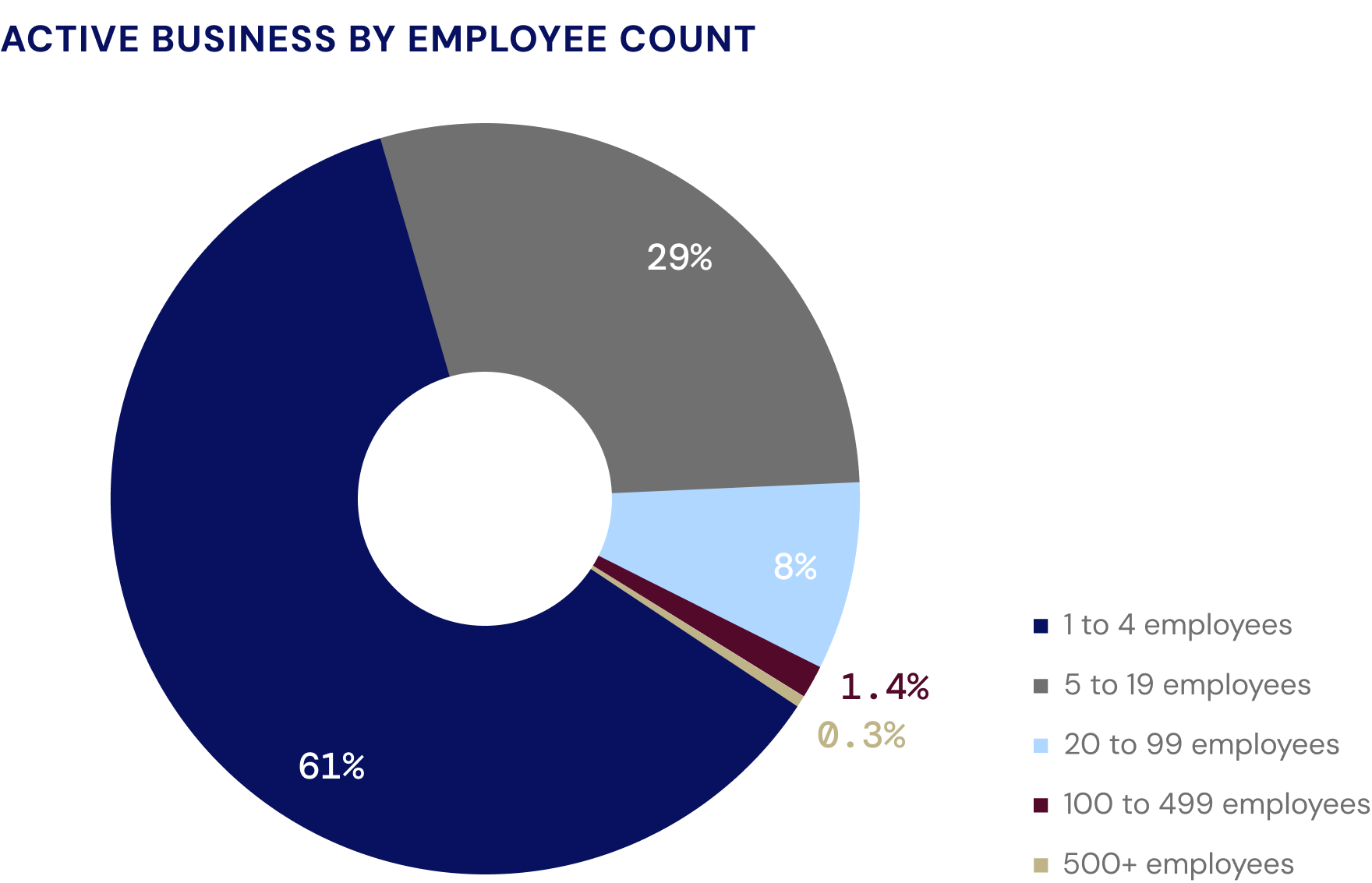
Approximately 98% of active businesses in Canada are between 1-99 employees.
Canadian Small Business Matters: Canada’s business landscape is dominated by small businesses, with a significant portion being micro firms (1-4 employees). As of Q3 2024, there were ~939k active businesses in Canada, of which, 98% had less than 100 employees. Medium-sized businesses (100-499 employees) and large businesses (500+ employees) represented a mere 1.4% and 0.3% of total active businesses, respectively. This distribution highlights the critical role that small businesses play in Canada.
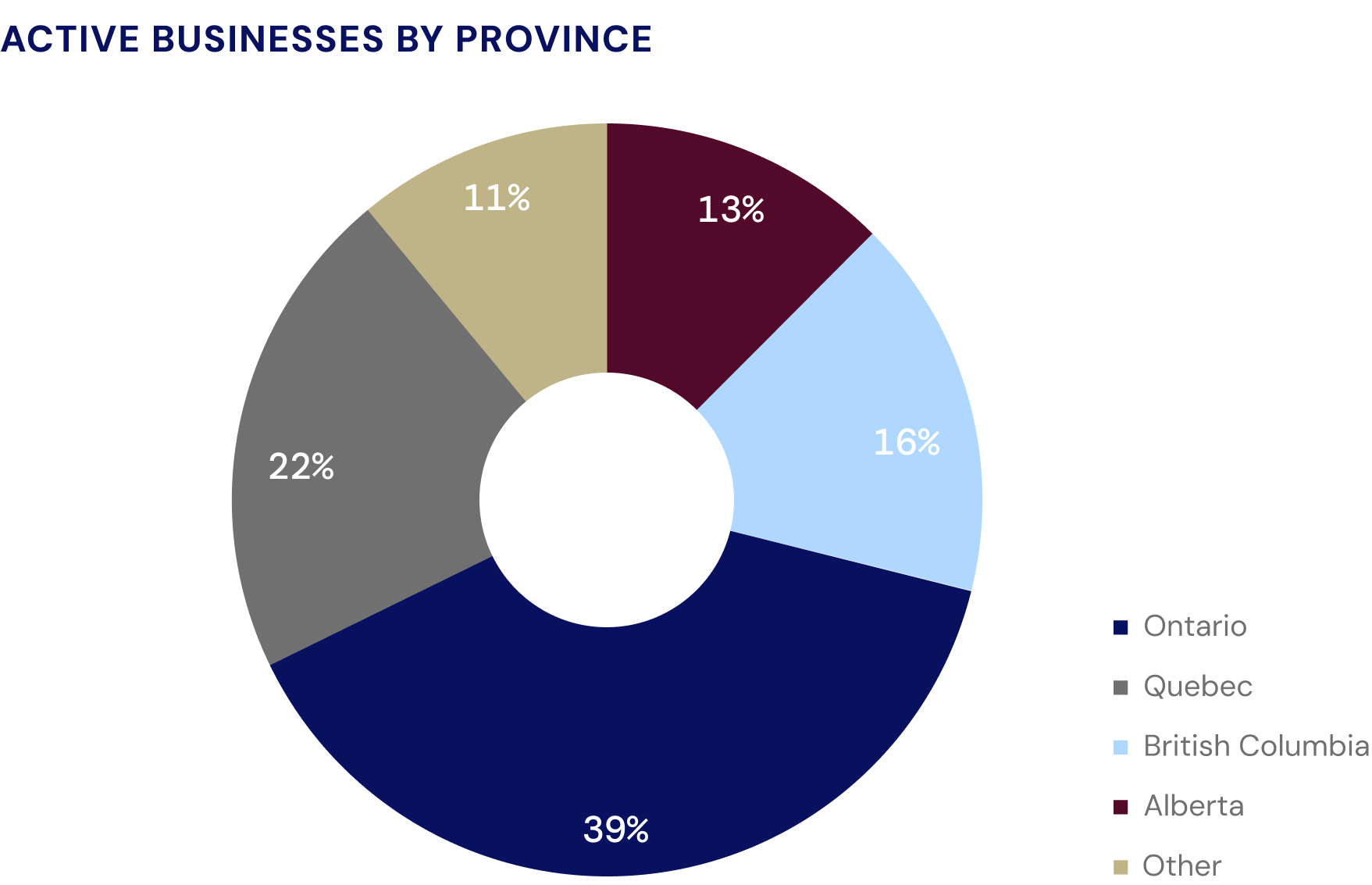
AB, BC, ON and QB account for 89% of all active businesses across Canada.
The ‘Big 4’ Provinces Dominate Canadian Business: On a combined basis, Alberta, B.C., Ontario and Quebec represent 89% of all active businesses in Canada. This is unsurprising considering 87% of Canada’s population is domiciled in these regions. Alberta, B.C., and Ontario grew their active business base in 2024 by 0.5%, 0.3% and 0.2%, respectively, while Quebec had a decline of 0.2%.
.png)
Professional services, construction and retail trade accounted for ~36% of active businesses in Canada with a ~20% contribution to GDP.
.png)
Real estate/leasing, manufacturing and finance/insurance accounted for ~12% of active businesses in Canada with a ~30% contribution to GDP.
Business Density vs. Economic Contribution: Certain industries, such as real estate, manufacturing, and finance show higher GDP contributions compared to a relatively small share of active businesses. A likely factor is the capital intensity of certain sectors, and environments where higher-value transactions are driven by a smaller number of industry participants. Conversely, sectors like professional services, construction, and retail trade show high fragmentation. While all industries arguably had a mixture of headwinds and tailwinds in the past few years that may distort these figures, these trends highlight the concentration of economic output in certain industries and more pronounced fragmentation in others.
Leveraged buyouts can be a powerful strategy for acquisitions, but buyers must look beyond simply minimizing upfront investment. Key considerations include: “What level of debt is sustainable for the business?” and “How robust are the cash flows against economic fluctuations and external shocks?” Addressing these questions is essential to selecting the right acquisition structure and ensuring the long-term success of the business.
Whether buyer or seller, seasoned entrepreneur or aspiring business owner, all participants can mitigate deal risks and optimize outcomes by leveraging the expertise of financing specialists, skilled legal counsel and accounting professionals, and other trusted advisors. These professionals help navigate the complexities of acquisitions, ensure legal and financial soundness, and position the business for long-term success. Below, we explore several potential mechanisms for structuring and financing an acquisition.
The seller finances part of the purchase price through a loan with the vendor.
A portion of the purchase price is contingent on future milestones or financial performance targets.
The seller retains partial equity in the business post-transaction
Acquisition is primarily financed with debt
Buyer pays part of the purchase price upfront and the rest over an agreed schedule
Buyer acquires specific assets and liabilities rather than the entire entity
Buyer purchases all shares of the business, acquiring the entire entity
Sources: Canadian Federation of Independent Businesses, Succession Tsunami: Preparing for a decade of small business transitions in Canada (January 2023), Statistics Canada, Diamond Willow Advisory.
